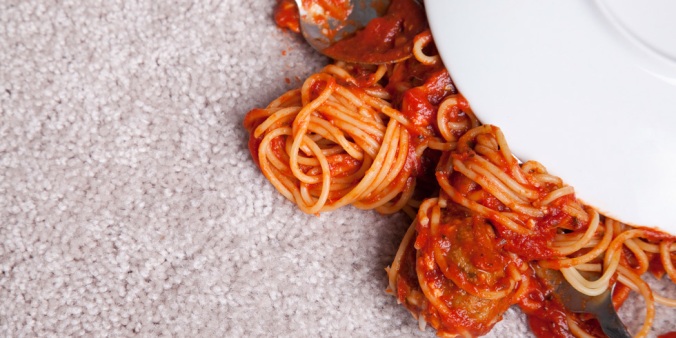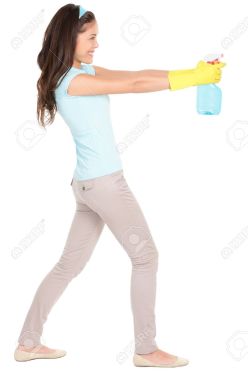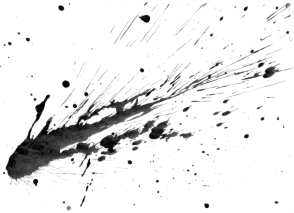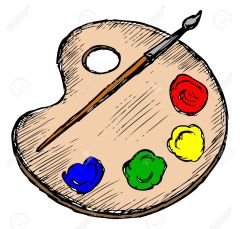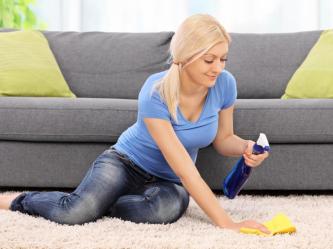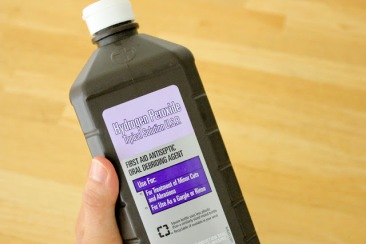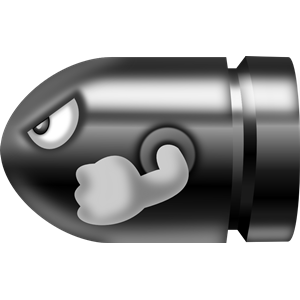by Jeremy Strickland

From community service to outdoor adventures, the Cub Scout den that I lead builds character in our boys while they learn and have a ton of fun. Recently, my co-leader ran our boys through a science experiment that illustrates Chromatography as well as a process we experience in the carpet cleaning business. It was a simple experiment, so you can try it with your kids or grand-kids using materials you’re certain to have at home.
You’ll need:
- plastic cup
- scissors
- ruler
- white printer paper
- pencil, straw, or Popsicle stick
- binder clip
- different colored markers
Here’s what you do:
- Fill the bottom of the cup with about 1 1/2 inches of water.
- Cut several two inch wide strips of paper to be an inch shorter than the plastic cup is tall.
- Draw a horizontal line with one of the markers an inch from the bottom of a paper strip.
- Lay the pencil across the top of the cup.
- Use the binder clip to attach the top of the paper strip to the center of the pencil, dangling the paper strip into the water. Make sure that bottom of the paper strip is submerged but the marker line is not.
- Ask yourself: Is the marker color just one color or the combination of many? Observe for the next several minutes. What happens? Note what you see.
- Try it with another color marker and then another. What’s different from the last color? Any surprises? Compare with your previous notes. Be sure to try black and brown markers!
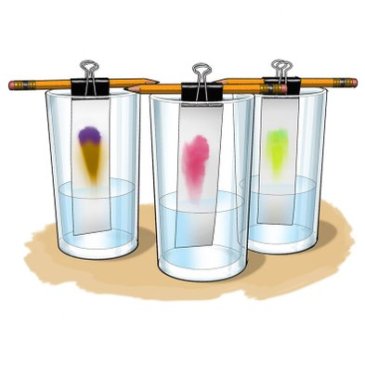
The takeaway:
As the water wicks up the strip of paper, dissolving the dyes used to create the marker’s color, the individual dyes used to create the color separate. You’ll notice that some dyes travel farther and/or faster up than others because some dyes have molecules which are heavier than others.
This process is called Chromatography, and it was invented by Mikhail Tsvet in 1910 in order to separate plant dyes. Chromatography is still used by modern chemists in fields as varied as police forensics and animal biology.

Wicking in carpet cleaning:
So, your beloved German Shepherd, Sir Licksalot, got sick and peed on the Family Room carpet. You take your fur-baby to the vet, and you call in your local Carpet Cleaning Professional to clean up the mess. By the end of the day, Sir Licksalot is on the road to recovery, and your carpet has been returned to its former pee-pee-free glory…
…But in the morning, the spot in the Family Room which had been cleaned yesterday has turned brown. What happened?!? Did the dog pee there again? Did the trusted Carpet Cleaner you had been so impressed with actually do a crummy job?
No no no. The brown spot is the result of wicking, a natural phenomenon caused by carpet fibers drying from the bottom up. If there’s any organic material under your carpet, the drying carpet may pull it up to the top of the fibers (just as the water pulled the dyes up the paper strips in the experiment), turning the carpet brown. This can happen to the best carpet cleaners, and it’s not their fault. Luckily, it doesn’t always happen, and there’s an easy fix if it does.
Randy’s Carpet Care has specialized in the science and art of Professional Carpet Cleaning since 1980. If you’re living in West Michigan with a naughty dog, call today to schedule your free estimate!
(616) 392-1400

